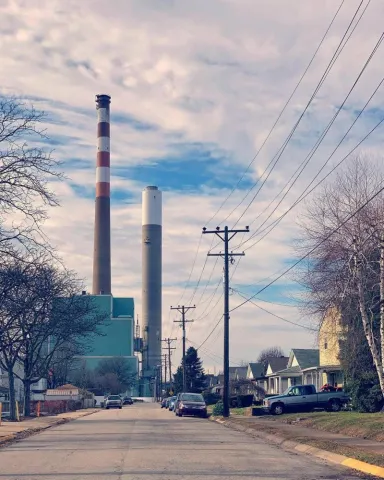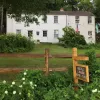This modest five-room farmhouse in Springdale, Pennsylvania, is the birthplace and childhood home of Rachel Carson, the ecologist whose groundbreaking 1962 book Silent Spring awakened global awareness of environmental responsibility.
Springdale
In a lush valley of towering trees, pure spring water, and a winding river ideal for travel and trade, early settlers laid the groundwork for what would become Springdale Borough.
These pioneers built with timber from the forest, hunted deer and bear for food and clothing, and gathered nature's gifts—berries, wild grapes, and acorns to feed their livestock. Their fields yielded crops to sustain growing families, while the land quietly held untapped riches.
Below the soil lay coal, sand, gravel, and limestone—resources that would later fuel industry and shape the region's prosperity. With abundant water to power mills and factories, Springdale evolved from frontier clearing to industrial cornerstone.
Could those early settlers have imagined the transformation ahead? Their legacy lives on in the people and progress of Springdale today.
